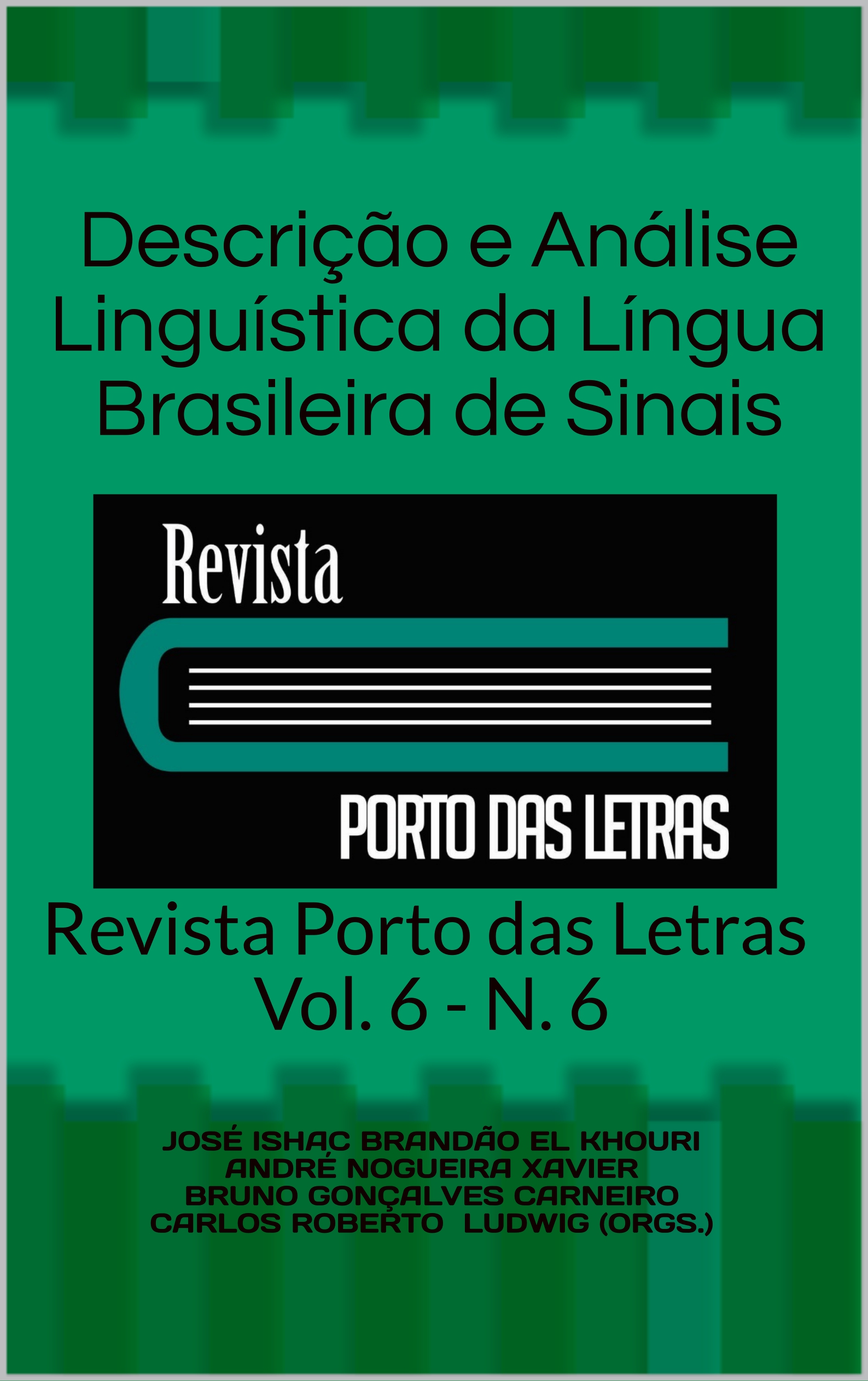On the morphological three-way pronominal distinction in signed languages: a face-based analysis
Résumé
This paper presents a proposal for the segmentation of the horizontal plane in Libras that takes the face only as the basis from which all the formal distinctions between the frontal and lateral areas are delimited. This study refuses previous proposals that predicted combined strategies between eye-gaze and space and the contribution of the torso to be responsible for the abovementioned distinction. The methodology encompasses the analysis of free utterances, role-shift sentences, coordination of pronouns and the creation of a task of pronouns identification in order to collect comprehension/perception data. The results confirm the existence of a formal distinction between frontal and lateral areas, and as a consequence, the distinction between the second and third-person in Libras, and perhaps in all existing sign languages. The space, therefore, would function as a finitely composed spatial morpheme and exhibit a clitic-like behavior when it is found attached to indicating signs in order to assign them different person values.
Références
ALMEIDA-SILVA, Anderson. A (in)definitude no sintagma nominal em libras: uma investigação na interface sintaxe-semântica. 2019. 351 f. Tese (Doutorado em linguística) - Universidade Estadual de Campinas, Instituto de Estudos da Linguagem, Campinas-SP. 2019.
ALMEIDA-SILVA, Anderson; TAVARES, Cláudia Roberta. Libras: uma língua de sujeito nulo parcial?. Caderno de resumos da ABRALIN 2017, Niterói, UFF, 2017. Comunicação oral no simpósio temático: Aspectos gramaticais da Libras.
ARONOFF, Mark; MEIR, Irit; SANDLER, Wendy. The paradox of sign language morphology. Language, v. 81, n. 2, p. 301, 2005.
BARBERÀ, Gemma. A unified account of specificity in Catalan Sign Language (LSC). In: Proceedings of Sinn und Bedeutung. 2012. p. 43-55.
BERENZ, Norine Frances. 1996. Person and deixis in Brazilian sign language. University of California, Berkeley dissertation.
BERENZ, Norine. Insights into person deixis. Sign Language & Linguistics, v. 5, n. 2, p. 203-227, 2002.
BÖRSTELL, Carl. Object marking in the signed modality: Verbal and nominal strategies in Swedish Sign Language and other sign languages. 2017. PhD Dissertation. Department of Linguistics, Stockholm University.
CORMIER, Kearsy; SCHEMBRI, Adam; WOLL, Bencie. Pronouns and pointing in sign languages. Lingua, v. 137, p. 230-247, 2013.
DAVIDSON, Kathryn; GAGNE, Deanna. Vertical representation of quantifier domains. In: Proceedings of Sinn und Bedeutung. 2014. p. 110-127.
KOULIDOBROVA, Elena. Elide me bare. Natural Language & Linguistic Theory, v. 2, n. 35, p. 397-446, 2017.
LIDDELL, Scott K. Real, surrogate, and token space: Grammatical consequences in ASL. Language, gesture, and space, p. 19-41, 1995.
LIDDELL, Scott K. Blended spaces and deixis in sign language. Language and gesture, v. 2, p. 331, 2000.
LIDDELL, Scott K. et al. Grammar, gesture, and meaning in American Sign Language. Cambridge University Press, 2003.
LILLO-MARTIN, Diane. Two kinds of null arguments in American Sign Language. Natural Language & Linguistic Theory, v. 4, n. 4, p. 415-444, 1986.
LIMA, Ediane Silva. 2015. O fenômeno dêitico e a sua relação com os verbos simples e não simples na Língua Brasileira de Sinais: uma abordagem sintático-semântica. Universidade Federal do Piauí. Dissertação de mestrado.
MATHUR, Gaurav; RATHMANN, Christian. Variability in verbal agreement forms across four signed languages. Papers from Laboratory Phonology VIII: Varieties of phonological competence. The Hague: Mouton, p. 285-314, 2006.
MCBURNEY, Susan L. Pronominal reference in signed and spoken language: Are grammatical categories modality-dependent. Modality and structure in signed and spoken languages, p. 329-369, 2002.
MEIER, Richard P. et al. Person deixis in American sign language. Theoretical issues in sign language research, v. 1, p. 175-190, 1990.
NEVINS, Andrew. Prospects and challenges for a clitic analysis of (A) SL agreement. Theoretical Linguistics, v. 37, n. 3/4, p. 173-187, 2011.
QUER, Josep. When agreeing to disagree is not enough: Further arguments for the linguistic status of sign language agreement. In Manfred Krifka & Hans-Martin Gärtner (eds.), Theoretical Linguistics. 2011. 189–196.
SÁ, Thaís Maíra Machado et al. Definiteness in Brazilian Sign Language: a study on weak and strong definites. Revista Virtual de Estudos da Linguagem, v. 10, n. 19, p. 21-38, 2012.
SANDLER, Wendy; LILLO-MARTIN, Diane. Sign language and linguistic universals. Cambridge University Press, 2006.
SMITH, Wayne H.; TING, Li-fen. Shou neng sheng qiao [Your hands can become a bridge], Vol. 1. Taipei: Deaf Sign Language Research Association of the Republic of China, 1979.
Téléchargements
Publié-e
Comment citer
Numéro
Rubrique
Licence
Os autores concordam com os termos da Declaração de Direito Autoral, que se aplicará a esta submissão caso seja publicada nesta revista (comentários ao editor podem ser incluídos a seguir).

